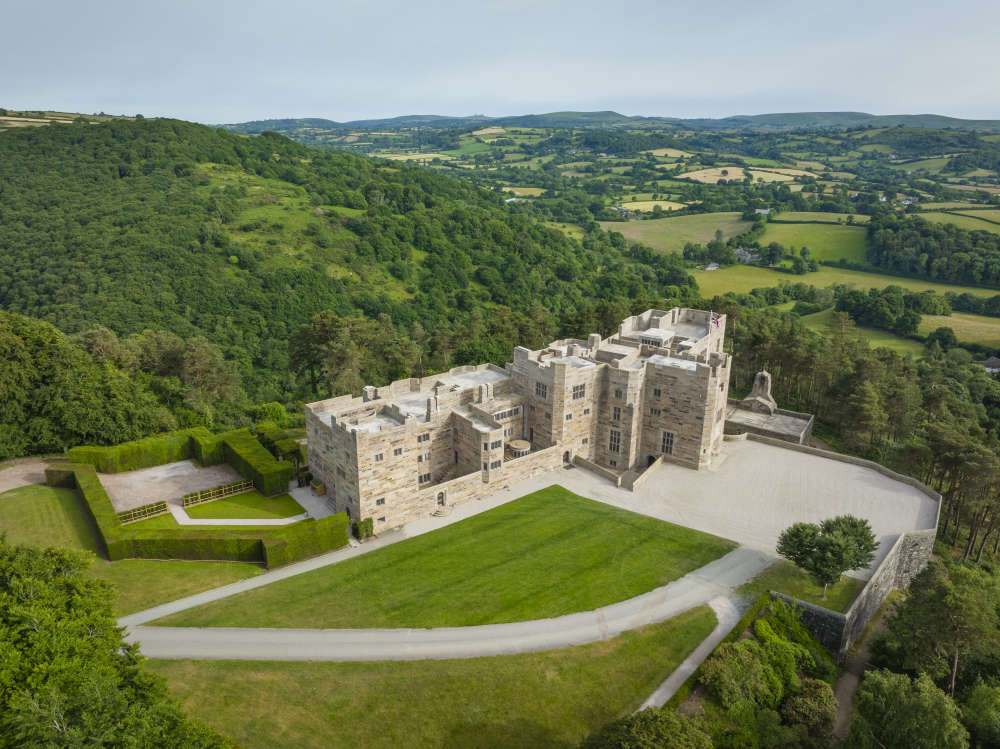
And the windows, pointing - everything really
Renovations that took nine years - about half the time it took to build it in the first place, Castle Drogo on the edge of Dartmoor is now back to its splendid self.
Arguably better - as construction problems have been evident almost from the moment England's last castle wad completed after 20 years in 1931.
Now owned and run by the National Trust’
ambitious project to save Castle Drogo, one of the country’s most iconic buildings, is complete, it was initially built by renowned architect Edwin Lutyens, who also designed the Cenotaph in Whitehall.
The castle was built for Julius Drewe, a food retailing magnate, whose dream was to create an imposing ancestral home situated on a granite outcrop overlooking Dartmoor that would appear to have existed for hundreds of years.
Lutyens must have had an off-day (or maybe 20 years), as serious leaks and water penetration affected the castle from the start.
Work to fix it began in 2013, and anyone who has visited in the past decade will have seen scaffolding, workers in hard hats, or tarpaulin.
They installed a new roof system, with more than 3,000 granite blocks weighing up to 1.4 tonnes were removed and then returned. Some 913 windows containing over 13,000 panes have been refurbished and over 60,000 metres of pointing have been replaced.
It's cost more than £15 million, met from public contributions and grant funding, including the National Lottery Heritage Fund.
Tim Cambourne, National Trust project manager said: “The distinctive nature of the original construction and design at Castle Drogo required a unique solution to deal with the fabric issues.
"We have now installed a high-tech roof system over an area roughly equivalent to two football pitches. A new two-layer membrane, designed to cope with the extremes of weather experienced on Dartmoor, now works alongside newly designed roof gullies to accommodate the heavy Dartmoor rainfall, protecting the castle from water damage."
Ben Dale, collections and house manager at Castle Drogo said: “Reaching the end of this landmark project has given us the opportunity to open previously unseen areas inside the castle and re-display the whole interior in line with historic decorative schemes. It’s wonderful to see the castle looking its best and we’re looking forward to an exciting programme of conservation and curation over the next few years.”
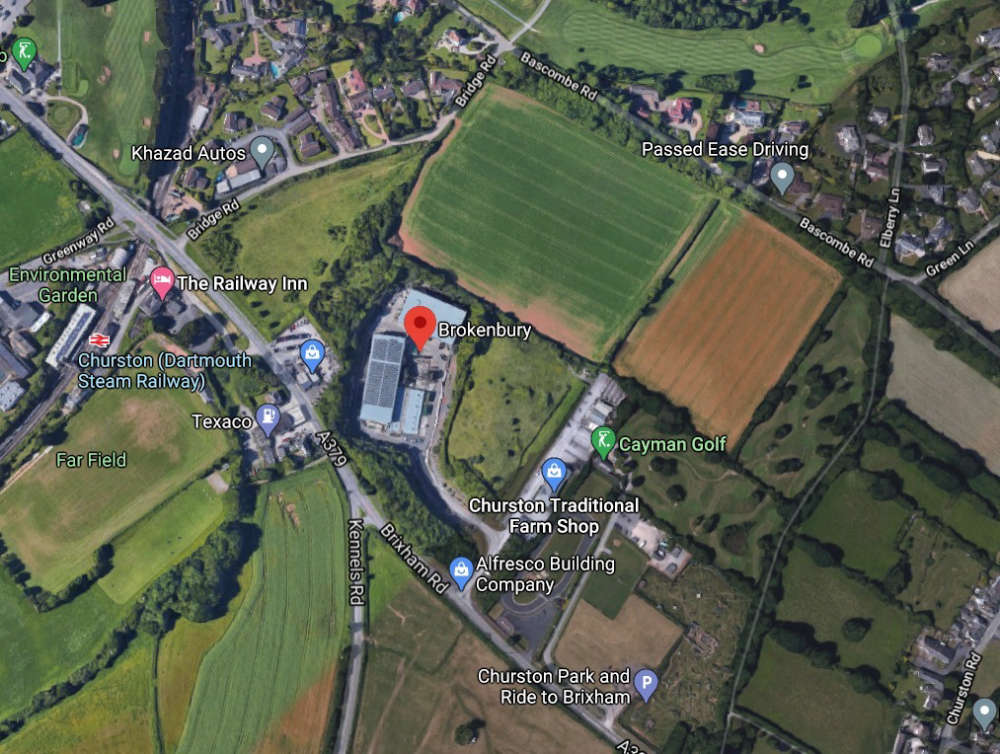 Official challenge to Torbay solar farm project
Official challenge to Torbay solar farm project
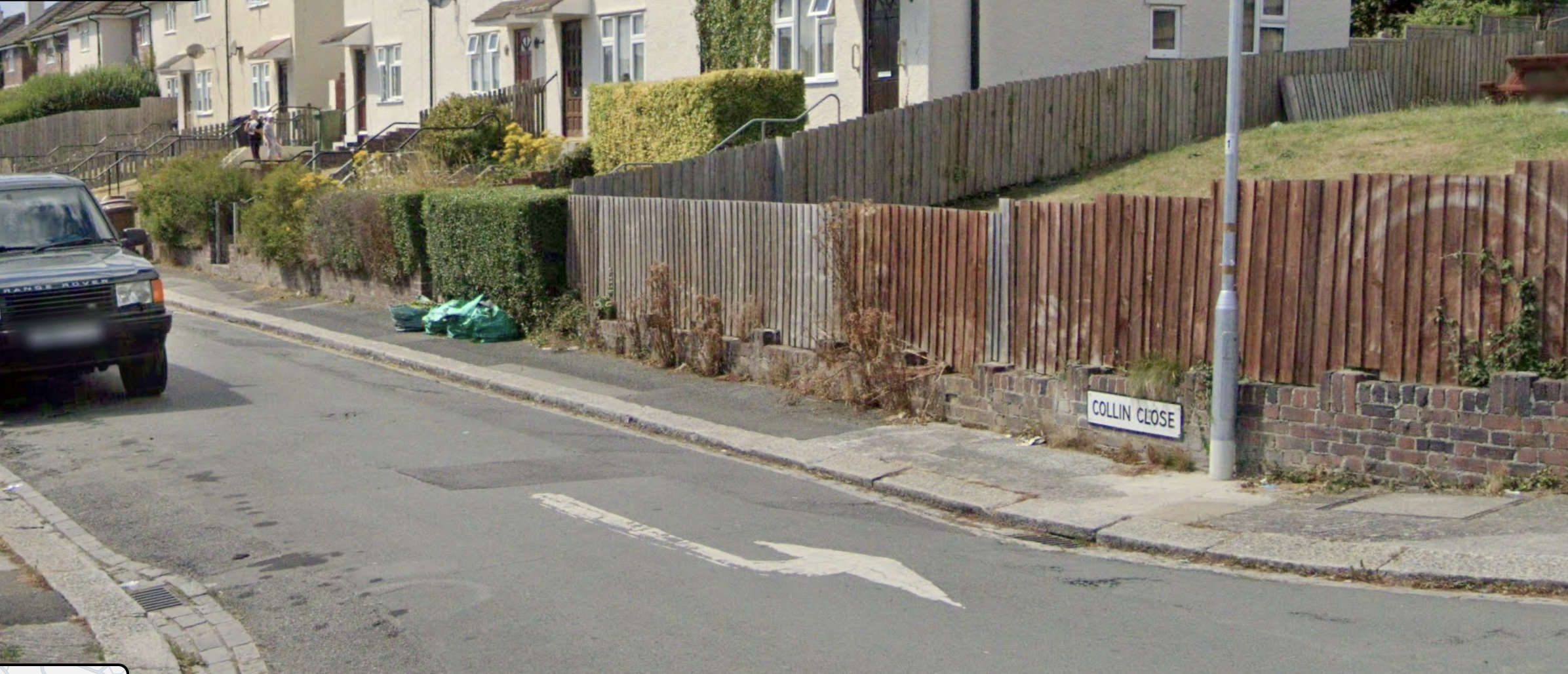 Two people injured in suspected Plymouth stabbing
Two people injured in suspected Plymouth stabbing
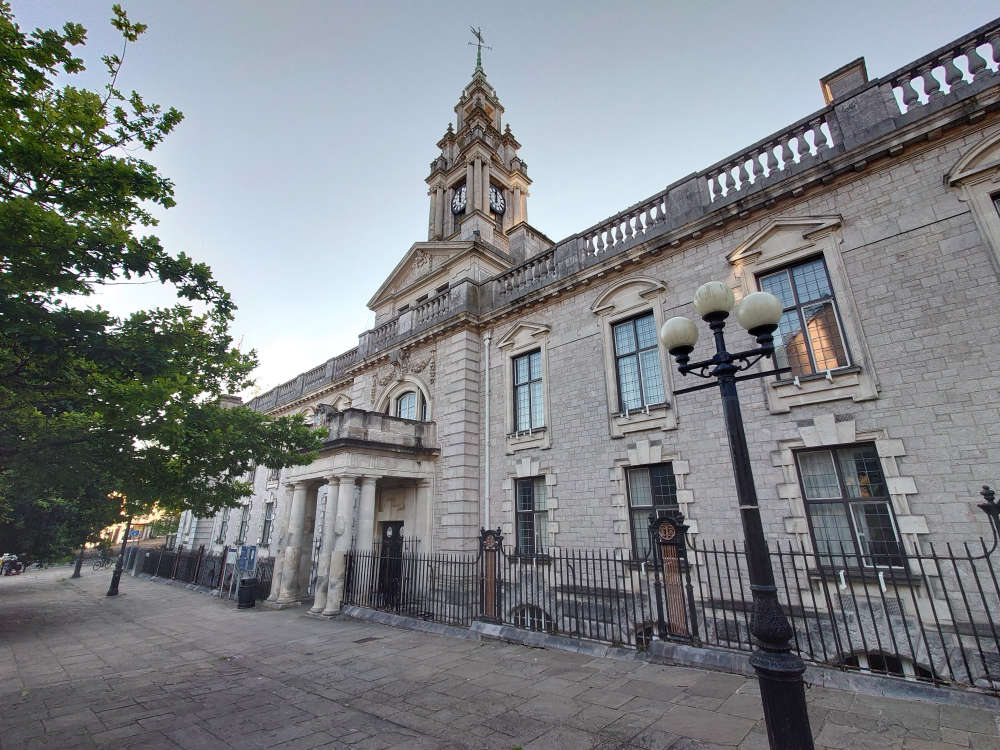 Four councillors banned from council tax debates
Four councillors banned from council tax debates
 Video shows Devon biker causing horrific crash
Video shows Devon biker causing horrific crash
 Murder charge after Kingsbridge crash
Murder charge after Kingsbridge crash
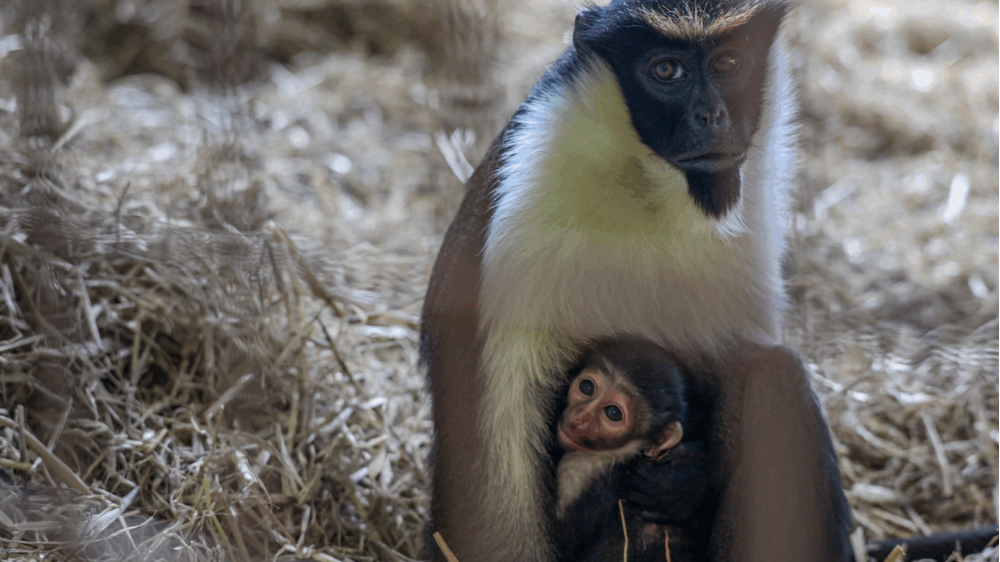 Poorly monkey gives birth to healthy baby
Poorly monkey gives birth to healthy baby
